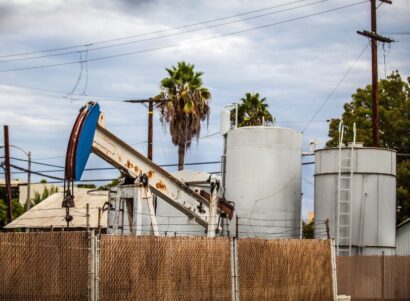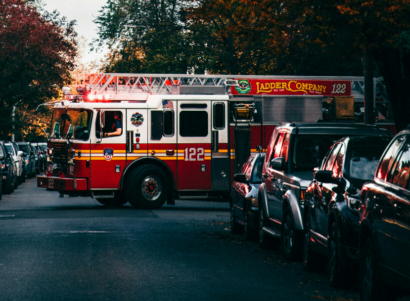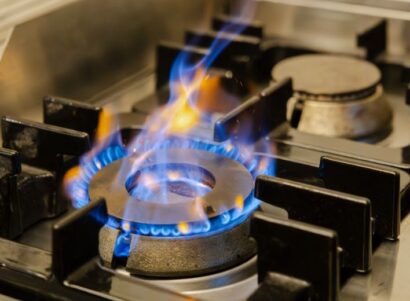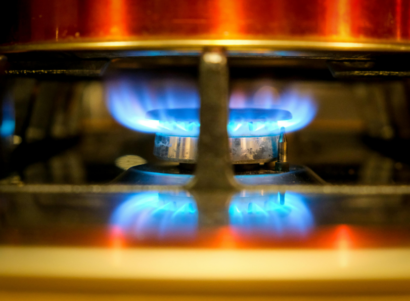Background
A growing body of research has linked gas stoves to indoor air pollution, both from the combustion of gas and the leakage of unburned gas. These studies have primarily focused on nitrogen dioxide, which is linked to asthma and other respiratory conditions. More recently, researchers from PSE Healthy Energy have identified a range of hazardous air pollutants in unburned gas leaked from stoves, including the carcinogen benzene.
This peer-reviewed study, published in Environmental Science & Technology, is the first to examine how combustion of natural gas and propane in stoves and ovens impacts indoor concentrations of benzene. Researchers from Stanford University and PSE tested benzene concentrations in 87 homes across California and Colorado.
Key Findings
Their findings show that combustion from both natural gas and propane stoves emits detectable and repeatable levels of benzene. In some homes, indoor benzene concentrations were raised above well-established health benchmarks.
- A single gas cooktop burner on high or a gas oven set to 350 degrees Fahrenheit can raise indoor levels of benzene above those in secondhand tobacco smoke.
- Mean benzene emissions from gas and propane burners on high and ovens set to 350°F ranged from 2.8 to 6.5 μg min–1, 10 to 25 times higher than emissions from electric coil and radiant alternatives; neither induction stoves nor the food being cooked emitted detectable benzene.
- Benzene produced by gas and propane stoves also migrated throughout homes, in some cases elevating bedroom benzene concentrations above chronic health benchmarks for hours after the stove was turned off.
- Proper ventilation and range hood use can help to lower benzene concentrations, however, residential range hoods do not always eliminate indoor pollution from gas stove, even if they vent outdoors.
- While some foods create PM2.5 when cooked, this study shows that benzene is fully attributable to burning gas or propane.
Conclusions
The findings suggest that combustion of gas and propane from stoves may be a substantial, and previously unaccounted for source of benzene exposure. Gas combustion was found to be the primary source of benzene emissions from residential cooking on gas appliances. The resulting concentrations of benzene observed in the study were found to impact indoor air quality, in some cases exceeding health benchmarks for benzene. Even people outside the kitchen can be exposed to elevated levels of benzene hours after the stove is turned off, potentially increasing health risks. This study adds benzene to the list of toxic pollutants emitted from combustion in gas stoves, alongside nitrogen dioxide, carbon monoxide, and formaldehyde. Further research is needed to assess actual exposures and the full health impacts of benzene emitted indoors from combustion by gas stoves.

 Press Release
Press Release






